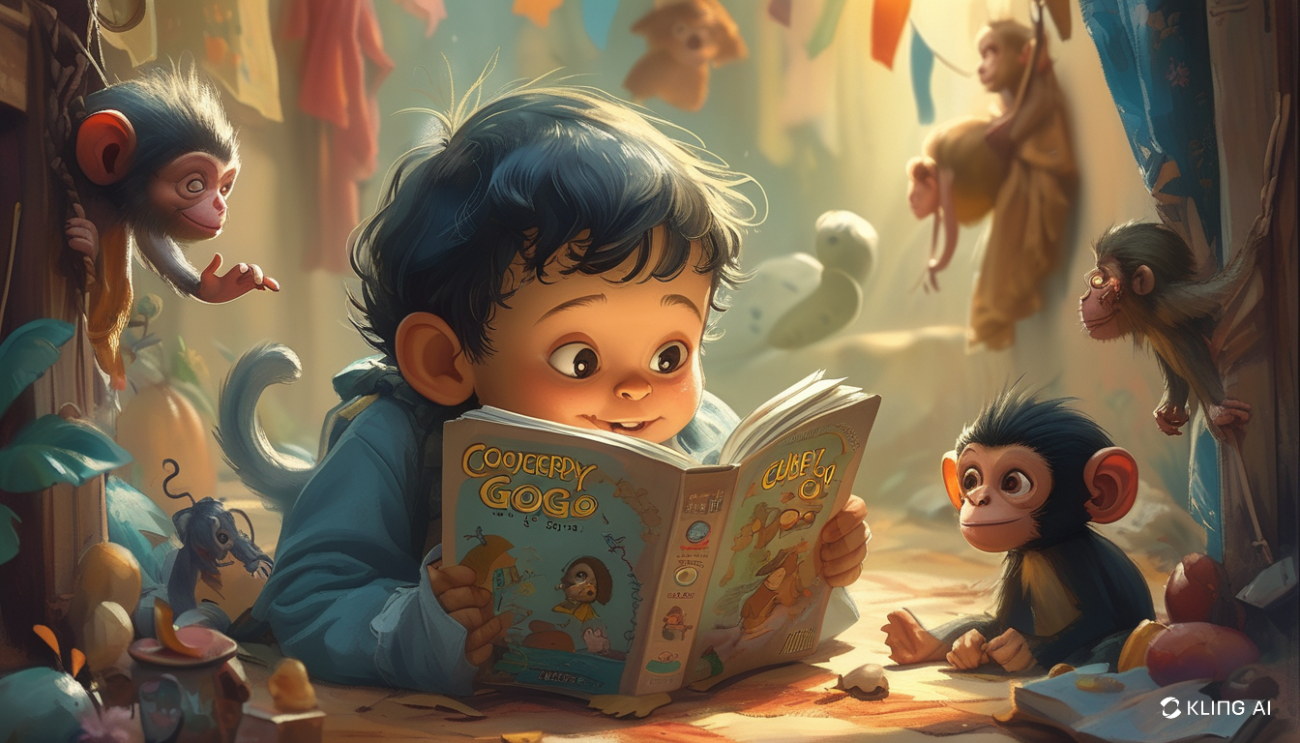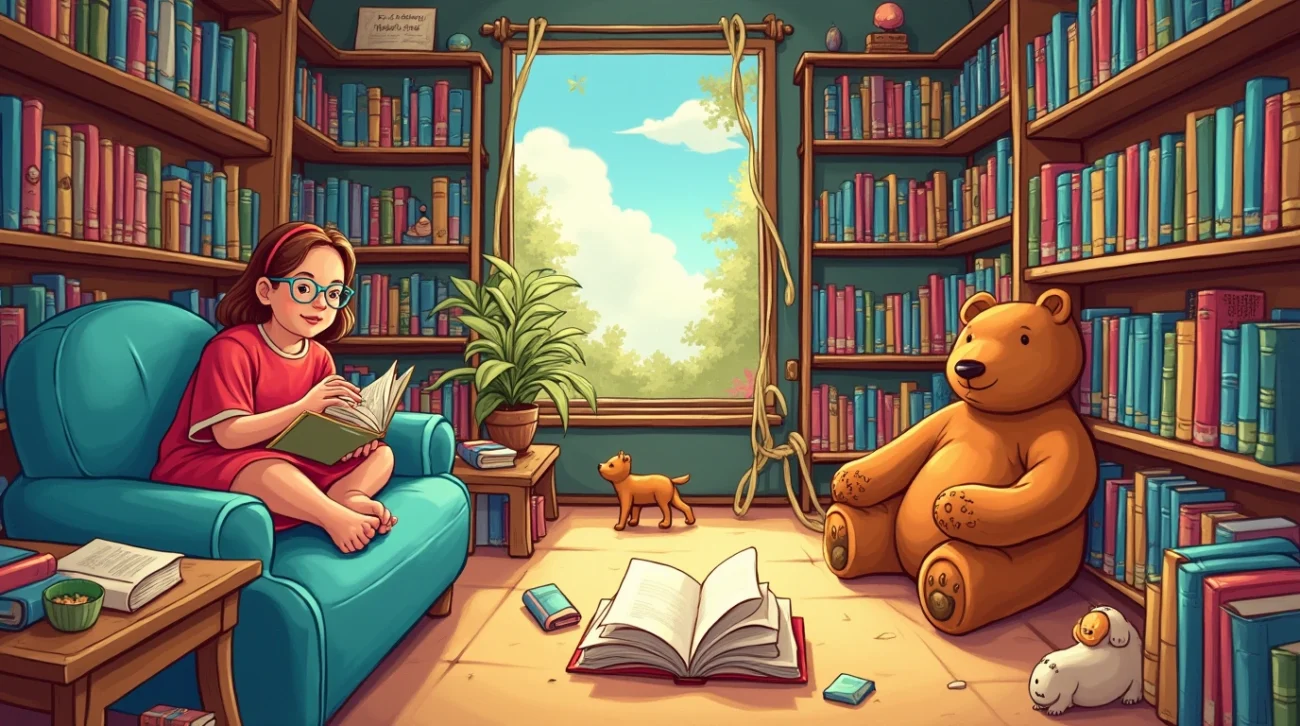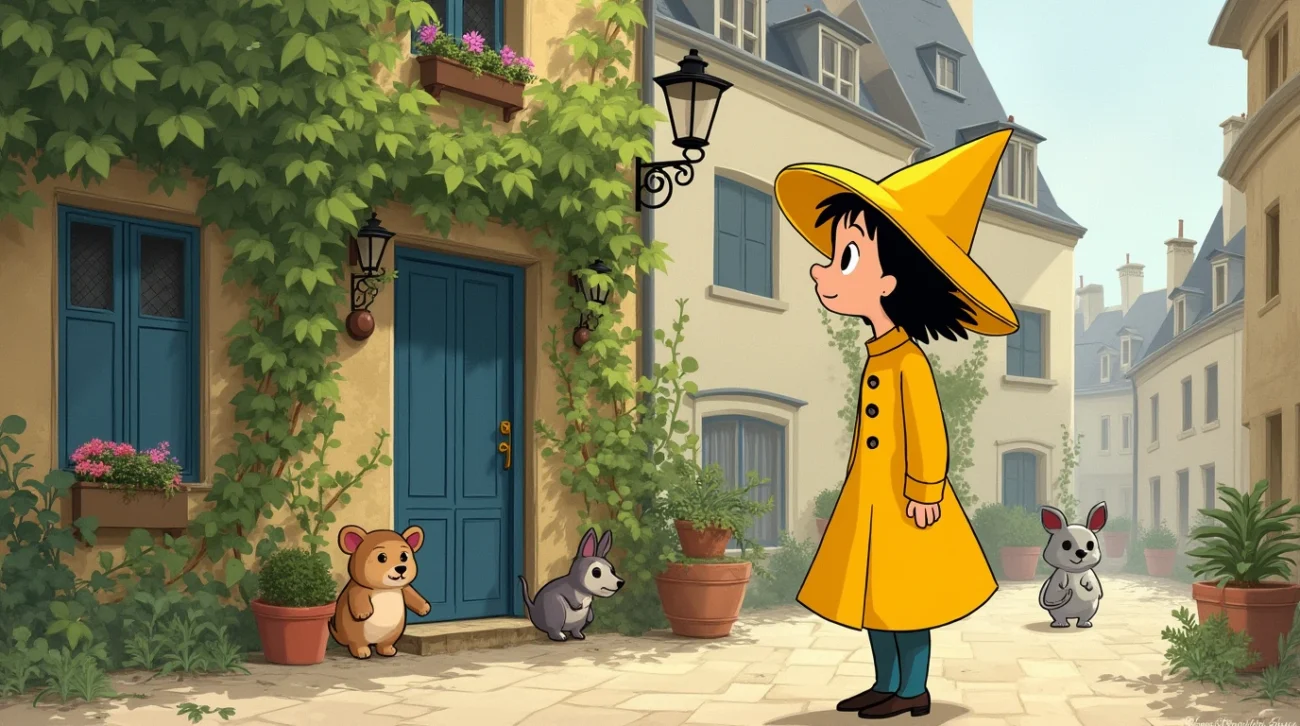Hello there, curious reader! Have you ever noticed how the world of books is filled with magical wonders that can whisk you away to extraordinary places? Among these magical tales, childrens witch books hold a special kind of enchantment. They invite young readers to explore a world where broomsticks fly, spells are cast, and adventures are only limited by one’s imagination.
Childrens witch books offer a delightful combination of mystery, magic, and morality, often wrapped up in stories that are both entertaining and educational. These books not only captivate young minds but also encourage them to think critically about the world around them and their own roles in it. Let’s dive into this enchanting genre and see what makes it so irresistible!
Why Are Children’s Witch Books So Captivating?
One of the main reasons childrens witch books are so enthralling is their ability to blend the fantastical with relatable themes. Whether it’s a tale of a young witch trying to find her place in a magical society or a story of friendship that transcends the human and magical realms, these books speak to universal experiences and emotions. Kids can see themselves in these stories, making the magical feel a little bit closer to home.
The Perfect Blend of Magic and Morals
Witch stories often come with a sprinkle of life’s lessons, teaching young readers about courage, kindness, and the importance of being true to oneself. These narratives offer more than just magical escapades; they provide a safe space for children to explore complex ideas and emotions in a way that’s understandable and engaging.
- Courage: Many witch stories feature characters who face daunting challenges, teaching kids that bravery isn’t the absence of fear but the will to confront it.
- Kindness: Witches in children’s books often learn the value of empathy and helping others, reinforcing positive social behaviors.
- Identity: Young witches may struggle with fitting in or discovering their own strengths, mirroring the real-life journey of self-discovery that all children embark upon.
Imagination: The Key Ingredient
At its core, the world of childrens witch books is a celebration of imagination. These stories allow children to ponder the “what ifs” and explore a universe where anything is possible. This genre encourages them to dream big and believe in the unbelievable, fostering a sense of wonder and curiosity that can last a lifetime.
Moreover, witch books often inspire kids to create their own stories, drawing their own magical worlds on paper, and sparking creativity in countless other ways. It’s no wonder these tales are beloved by both children and parents alike.
A Cozy Corner of Literature
Childrens witch books are like a cozy corner of literature, offering comfort and thrill in equal measure. They invite readers to snuggle up with a good story and lose themselves in a world where magic is part of everyday life. Whether you’re a child or simply a child at heart, this enchanting genre has something special to offer.
So, as you venture into the charming world of childrens witch books, remember to keep your mind open to the magic that awaits. Who knows what spells and surprises you’ll find?
The History and Evolution of Witchcraft in Children’s Literature
Hello, dear reader! Let’s embark on a magical journey to explore how witchcraft found its charming way into children’s literature over the years. From ancient folklore to modern tales, witches have certainly cast a spell on young readers’ imaginations. So, buckle up your broomsticks because we’re about to delve into the enchanting evolution of witches in children’s books!
A Glimpse into Early Folklore
To understand how witches became beloved characters in children’s literature, we must first look back at folklore, where it all began. Witches, as we know them, have roots deep in history. They were often depicted as wise women or healers with a deep connection to nature. Stories of witches were passed down orally, where they played varied roles ranging from protectors to mischievous tricksters.
These early tales served as cautionary stories or moral lessons, often with dark undertones. But, as storytelling evolved, so did the portrayal of witches. The witch’s role began to transform from solely the mysterious figure in folklore to a more detailed and multi-dimensional character.
The Rise of Witches in Children’s Books
With the advent of printed books, witches began to fly on broomsticks into children’s literature. During the 19th and early 20th centuries, witches were often portrayed in fairytales as evil antagonists—think of the Wicked Witch in Hansel and Gretel or Sleeping Beauty’s malevolent fairy.
However, the narrative began to shift as authors started to explore witches’ more benign and whimsical sides. The witches we see today in children’s literature are often depicted as quirky, kind-hearted, and misunderstood characters. This evolution marks a significant departure from their more sinister origins.
Diverse Representations Over Time
The 20th century brought about a significant change with the emergence of witches as protagonists, especially in series like Harry Potter and The Worst Witch. These stories redefined witches, presenting them as relatable and even heroic. This shift was crucial in removing the stigma associated with witches and depicting them in a more positive light.
Today’s children’s books showcase a diverse array of witches. From magical academies to everyday witches living amongst us, these stories reflect a broad spectrum of witchy experiences, making them relatable to a wide range of readers.
Why This Evolution Matters
The transition from dark folklore figures to beloved storybook characters has made witches a staple in children’s literature. This evolution not only reflects changing societal views but also opens up discussions about diversity and acceptance.
By reading about witches, children learn to appreciate differences, embrace creativity, and celebrate the magical world around them. It demonstrates that witchcraft in literature is not just about magic spells and potions but also about the stories that enchant, educate, and entertain.
So, the next time you pick up a children’s witch book, remember how far these bewitching characters have come. Their journey from folklore to cherished tales truly highlights the magic of storytelling through the ages.
Popular Themes and Tropes in Children’s Witch Books
Ah, the enchanting world of children’s witch books! There’s something magical about diving into a story filled with spells, potions, and broomsticks. But have you ever wondered what makes these tales so captivating? Let’s explore some of the popular themes and tropes that often appear in children’s witch books.
1. The Power of Friendship
One common theme in children’s witch books is the power of friendship. Whether it’s a group of young witches who band together to solve a mystery or a witch who finds a loyal companion in a talking cat, these stories emphasize the importance of friendship and teamwork. Through their adventures, young readers learn valuable lessons about loyalty, trust, and the strength that comes from standing together.
2. Embracing Individuality
Witches in children’s books often possess unique abilities or characteristics that set them apart from others. From a witch who can fly without a broom to one who has a talent for brewing magical potions, these characters celebrate individuality and encourage young readers to embrace their own special talents. Through their journeys, children learn that it’s okay to be different and that their unique qualities are what make them truly magical.
3. Overcoming Adversity
Many children’s witch books feature protagonists who face challenges and obstacles on their magical adventures. Whether it’s a villainous witch trying to thwart their plans or a spell gone awry, these characters must use their wit, courage, and determination to overcome adversity. Through these stories, young readers learn the importance of perseverance and resilience, inspiring them to face their own challenges with bravery and optimism.
4. The Balance of Good and Evil
In the world of children’s witch books, the line between good and evil is often blurred. Characters may struggle with their own darkness or be forced to confront villains who have complex motivations. These stories teach young readers about the complexities of morality and the importance of making choices that align with their values. By exploring the nuances of good and evil, children learn valuable lessons about empathy, forgiveness, and the power of redemption.
So, the next time you pick up a children’s witch book, keep an eye out for these popular themes and tropes. Whether it’s a story of friendship, individuality, overcoming adversity, or the balance of good and evil, these tales are sure to captivate young readers and inspire them to embrace their own magical potential.
Notable Authors of Children’s Witch Books and Their Magical Contributions
Childrens witch books bring young readers into worlds brimming with spells, adventure, and timeless life lessons. Here are a few standout authors who have truly made an impact in this enchanting genre:
- Roald Dahl: Known for The Witches, Dahl combines humor with just the right amount of creepiness, crafting unforgettable stories that engage young imaginations.
- J.K. Rowling: Rowling’s Harry Potter series is a cultural phenomenon, with its intricate world of magic and friendship, captivating readers worldwide and teaching valuable lessons about bravery and resilience.
- Terry Pratchett: With his Discworld series, Pratchett offers a witty, satirical look at magic. His humorous take on witches and their quirky personalities appeals to both young readers and adults alike.
- Diana Wynne Jones: Author of Howl’s Moving Castle, Jones blends fantasy and humor to create captivating tales that inspire readers to embrace their uniqueness.
- Eva Ibbotson: In books like Which Witch?, Ibbotson introduces young readers to lighthearted, whimsical magic, perfect for kids venturing into the world of fantasy.
Each of these authors has shaped children’s witch literature in their own way, inviting readers to explore magic, embrace kindness, and dream big. Perfect for young minds ready for adventure, these books offer a spark of inspiration and imagination.
How Illustrations Bring Witch Stories to Life
Illustrations are essential in capturing the essence of a children’s witch book and immersing young readers in a magical world.
Here are some tips for choosing the perfect witch book for your child:
- Look for vibrant and engaging illustrations that complement the story.
- Consider your child’s preferences when it comes to art style.
- Choose books with artwork that sparks imagination and creativity.
How to Choose the Perfect Children’s Witch Book
So, you’re ready to dive into the enchanting world of children’s witch books, but where should you start? Here are some helpful tips to guide you in picking the ideal witch book for your child:
- Know Your Child’s Interests
Begin by considering what excites your child. Are they drawn to magic, adventure, or whimsical tales? Understanding their interests will help you find a book they’ll genuinely enjoy. - Check for Age-Appropriateness
Make sure the book suits your child’s age range. Some witch books explore darker themes, so always review the recommended age to ensure it aligns with your child’s maturity. - Read Reviews
Take a look at what other parents and readers say about the book. Reviews often provide insights into the book’s themes, characters, and appeal, making it easier to choose a winner. - Explore Different Genres
Children’s witch books span genres, from mystery to fantasy. Don’t hesitate to branch out—exploring various genres could help find a story that truly resonates. - Visit Libraries and Bookstores
Local libraries and bookstores offer a wealth of options, and the staff can provide recommendations based on popular, age-appropriate witch books. - Consider Book Series
If your child enjoys the first book, a series can keep them engaged, allowing them to explore more of the magical world the author has crafted. - Involve Your Child in the Choice
Let your child express their preferences and get involved in picking out their next magical read. When they help choose, they’re more likely to develop a lasting love for reading.
Choosing the perfect children’s witch book is about finding something that captivates your child and sparks their imagination. With a little guidance and exploration, you’re sure to uncover a book that they’ll cherish. Happy reading!














